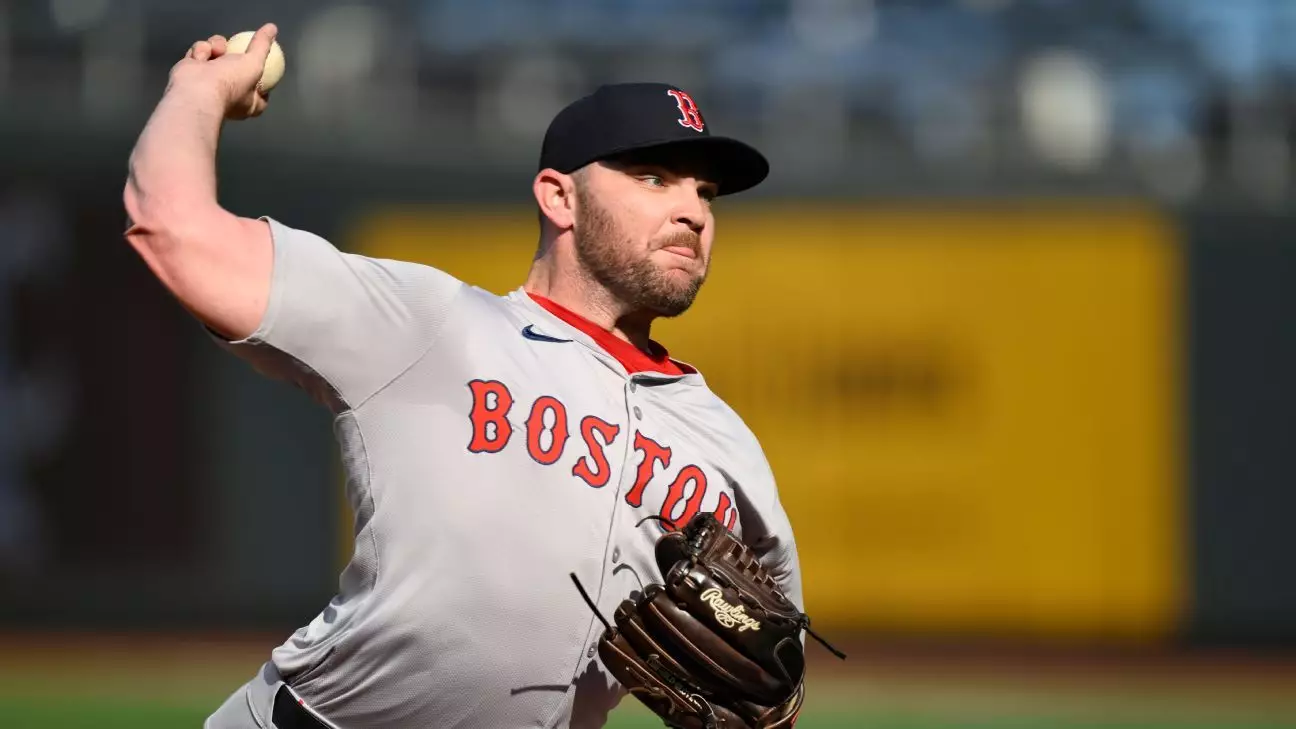In the age of instant communication, the line dividing fandom from fanaticism blurs alarmingly. The distressing reality faced by athletes today extends beyond mere performance statistics; it delves into the realm of threats, personal attacks, and toxic engagements that flourish on social media. Without a doubt, the ongoing saga involving Boston Red Sox reliever Liam Hendriks and the backlash he endured provides a sobering insight into the vulnerability faced by public figures. Following Hendriks’ harrowing experience with death threats aimed at him and his family, Boston’s manager Alex Cora stepped up, expressing his empathy for the player. This incident sheds light on the pressing issue of mental health in athletics, exacerbated by the advent of digital anonymity.
While the exhilaration of fan interaction is often celebrated, the opposite can be profoundly damaging. Cora articulated a potent observation on the unpredictable nature of criticism — stating that individuals might opt for cowardly anonymity to unleash their vitriol. Faceless, they hurl obscenities and threats without accountability, transforming platforms like Instagram into battlegrounds. For every genuine fan expressing concern for their team, many others lurk behind fake personas, attempting to degrade athletes for transient mistakes.
Beyond the Game: Personal Stakes
Hendriks’ situation signifies a breaking point in the collective tolerance for abuse directed at sports professionals. Already grappling with the physical and emotional toll of his recent cancer treatment and previous injury struggles, the unsolicited hostility from “fans” can be overwhelming. In his heartfelt declaration, Hendriks voiced the stark reality of a life under siege, not just as an athlete, but as a father and husband. His plea for respect echoes a larger movement among athletes demanding accountability; showcasing a world where personal lives are intrinsically linked to public performance.
Moreover, psychological dangers faced by players are magnified in high-stakes environments, where every action is scrutinized. Cora’s comments reflect an acute awareness of the darker implications tied to sports gambling, noting the ever-present volatility of emotions tied to betting outcomes. As fans risk money, their emotional investment escalates. Cora aptly highlighted how pivotal moments in games can provoke an irrational backlash; the consequences can swiftly spiral out of control. Importantly, the psychology of outrage often neglects the humans behind the jerseys, thereby perpetuating a culture of harassment that damages lives beyond the realm of sport.
The Challenge for Leadership
The conversation surrounding mental health and athlete welfare has gained unprecedented attention, yet there remains a palpable need for proactive measures. Cora’s insights into the safety of his family in light of online harassment underscore the responsibilities managers and organizations hold in protecting their players. As leaders within their teams, managers must foster an environment where transparency and vulnerability are viewed as strengths.
These issues pose significant leadership challenges. How do coaches and managers cultivate a safe haven for their players amidst the advancing realms of toxic fandom? Actively promoting mental health awareness, empowering athletes to speak out about their experiences, and implementing systems to provide support can form a robust defensive network. Yet, a mere acknowledgment isn’t enough; organizations must innovate solutions that extend beyond merely advising players to “ignore the haters.”
Building a Better Community
While the initial reaction to Hendriks’ ordeal highlights the negativity prevalent in sports culture, it also opens a door. There lies a significant opportunity for athlete advocacy and the development of community support systems that prioritize mental well-being over vilification. We can envision fan clubs approaching interactions with kindness and respect—transforming outrage into compassion. Engaging fans in discussions about empathy and understanding one’s heroes as multifaceted individuals may foster a healthier atmosphere surrounding sport.
The prospect of reformation begins with dialogue that transcends mere statements of support from teams. Fans must recognize their own power to influence the discourse, collectively choosing to uplift rather than tear down. The clarity Cora and Hendriks have brought to this situation urges us as a society to reshape how we perceive athletes—not merely as entertainers in a public arena but as individuals deserving of decency, dignity, and protection.
Athletes are not just vessels for entertainment; they embody resilience, tenacity, and humanity. Emphasizing empathy over anonymity can chart a path toward a healthier sports culture, where threats are replaced with encouragement, and understanding becomes the norm rather than the exception.


Leave a Reply